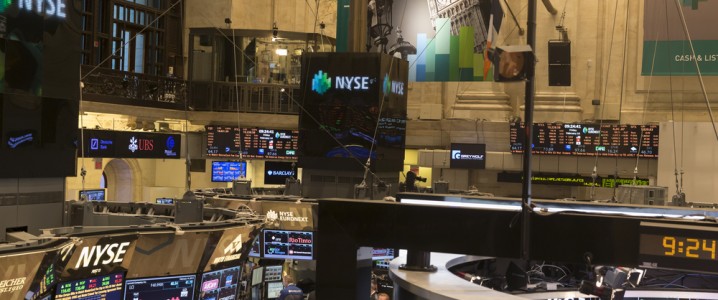Brent crude rose 1.63% to $66.70 and WTI gained 1.74% to $63.74 on Thursday, as of 11:50 a.m. ET, with traders positioning ahead of a closely watched meeting between U.S. President Donald Trump and Russian President Vladimir Putin in Alaska. The talks, expected to touch on Arctic oil and gas development as well as the war in Ukraine, come as markets weigh the potential for new energy cooperation or geopolitical friction between two of the world’s top producers.
Traders are watching for any indications of an easing of sanctions, which could unlock additional Russian crude and condensate for global markets, pressuring prices in the near term. Conversely, a harder U.S. line on enforcement or new restrictions could tighten supply, particularly into Europe and parts of Asia, adding upward pressure to benchmarks.
Senior market analyst at Capital.com, Daniela Sabin Hathorn, said in a note to clients cited by MarketWatch that a deal carrying partial sanctions relief for Russian oil exports would likely see the market respond by pricing in rising global supply, sending crude prices lower. “If talks collapse or escalate into new sanctions — like export limits, or additional penalties on countries trading with Russia (like India) — we could see a sharp rally in oil,” Hathorn said.
Oil prices fell further this week, closing on August 13 below $66 a barrel for the first time since early June as market sentiment turned negative after reports from the International Energy Agency and the U.S. Energy Information Administration. The boost now reflects optimism among traders that the Trump-Putin meeting could relieve some of the downward pressure on the market.
According to ING, though, this may be “premature” optimism.
“Clearly, there’s upside risk for the market if little progress is made. This could have Trump extending secondary tariffs on other buyers of Russian energy. The expected oil surplus through the latter part of this year and 2026, combined with OPEC spare capacity, means that the market should be able to manage the impact of secondary tariffs on India. But things become more difficult if we see secondary tariffs on other key buyers of Russian crude oil, including China and Turkey,” ING noted.
By Tom Kool for Oilprice.com
More Top Reads From Oilprice.com

